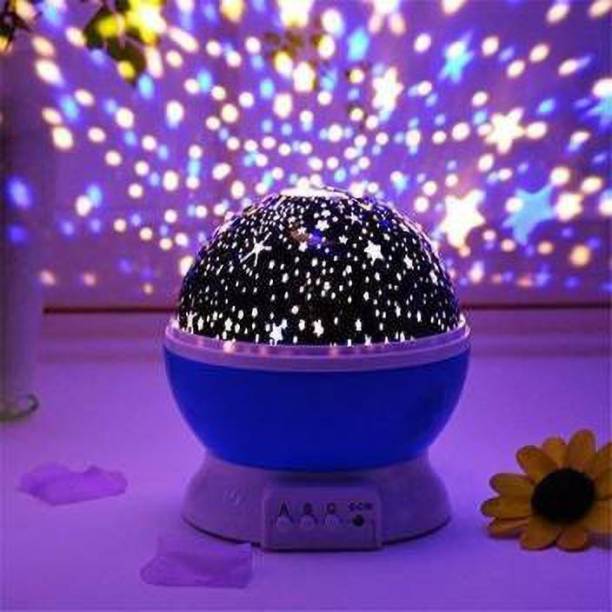how to set up a projector screen
This article is going to explain what a projector screen is
and how you can set it up. A projector screen can be a great addition to your
home theater setup if you want the best possible picture quality without the
worry of glare. This way, just about any light source in the room will have no
effect on the clarity of your projected image. In this post we will explain how
to buy a projector screen and project it onto your wall or ceiling for an
affordable price.
This article is going to explain what a projector screen is and how you can set it up. A projector screen can be a great addition to your home theater setup if you want the best possible picture quality without the worry of glare. This way, just about any light source in the room will have no effect on the clarity of your projected image. In this post we will explain how to buy a projector screen and project it onto your wall or ceiling for an affordable price.
Image source: https://www.flipkart.com/
Here are a few things to keep in mind when shopping for a projector screen. Ideally you should get one that is made from a degree of material with high optical density, such as one made from PVC (I'm personally using this one). The higher the density, the less you need and the more space you can fit between your projector and screen. Also as we will see shortly this material has an added benefit: it reduces reflection, which means that your projected picture quality is improved over time.
This screen can be placed in any orientation you'd like as long as it is large enough to cover the entire frame of your projector. To mount it to the ceiling, use a device like this or this to attach it to the studs in your ceiling with screws. The better quality projector screens come with hardware to give the screen a flat surface - for this purpose you don't need anything extra, but you might want that option in case you ever have to move it.
Image source: https://www.amazon.in/
Your projector is set up, you have your laptop hooked up to the projector and it's time to get started. One of the most important things before you start is to make sure that the screen is mounted on a tall stand (or steadied on a desk) in front of your audience. Next, use an HDMI cable to connect your laptop to the projector. Turn on both devices and adjust brightness and contrast until they are at their brightest settings (you'll lower these later). Place the image inside of PowerPoint or Keynote (or whichever presentation software you're using) so it fills the entire screen, then drag an invisible black rectangle around it so it fills all four corners of your screen with black space. Place another invisible black rectangle around your projector and the screen, to ensure that the image doesn't "bleed" out of your presentation. It’s also a good idea to take a look at where you are projecting -- the image you see on the screen is not necessarily where it appears on the screen. The screen can be tilted up or down slightly, in case you want to make sure that what's being projected is coming from straight ahead instead of angled slightly away from you audience. Once you have everything set up, click through each slide and test that it looks just as it does on your computer screen; then make all the adjustments you need to make until it looks perfect on both sides of the projection device.


Comments
Post a Comment